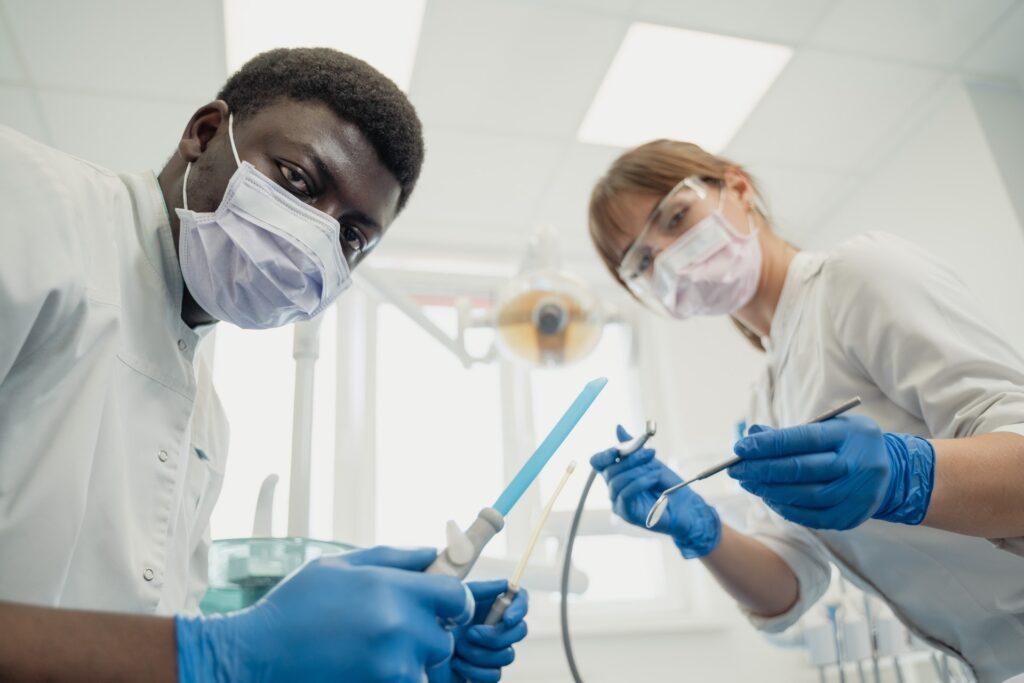Even with the best Australian nitrile gloves for dentists, you might not get maximum protection if you do not know how to use dental gloves properly. Oral health professionals are at risk of disease exposure. The right gloves provide the most important barrier to the transmission of diseases. Knowing how to affect proper hand hygiene, selecting the right gloves and following the steps for safe use of gloves will keep patients, dentists, and clinicians healthy and safe.
The government has created recommendations and regulations to prevent the transmission of diseases and promote safe healthcare procedures. These were created to protect the health and safety of employees. Regulations for chemical safety have been addressed with the addition of bloodborne pathogens and hazard communication standards to protect against bloodborne pathogens.
Evaluating the risk
When it comes to a dental setting, gloves are one of the types of PPE mandated by these recommendations. Gloves are used to protect the patient and the wearer from the spread of disease-causing microorganisms and infections during medical examinations and procedures. Gloves provide an essential layer of barrier protection against contact with infectious agents that are transmitted during exposure to saliva, blood, contaminated surfaces and other objects.
The mouth naturally houses over 700 species of bacteria and this means that the ability of some pathogens to live on a surface for up to seven months puts medical practitioners at risk. That is why health professionals should follow the basic infection control principles such as using the right nitrile gloves to protect themselves and their patients from infection.
Glove integrity and quality matter. The TGA regulates the manufacture of medical devices and labels them appropriately, including gloves. It also ensures that the right performance criteria such as tear resistance, leak resistance, and biocompatibility are met.
Whilst the efficacy of gloves to reduce transmission has been established, they don’t provide 100% protection. New gloves will experience small percentages of allowable defects which might allow exposure to saliva or blood.
As such, it is important to perform proper hand hygiene before and after removing the gloves. In addition, the integrity of the gloves reduces over time and the incidence of failure can increase between thirty minutes and three hours of use. Changing gloves during long procedures will reduce this risk. Oral health professionals may want to consult with the manufacturers regarding the gloves’ chemical compatibility and the dental materials being used.
Glove types and indications
In most cases, gloves intended for medical use are made of synthetic materials such as vinyl or nitrile. They can also be made of natural rubber latex. These may be fitted, which are hand specific, or ambidextrous, fitting both the left and right hand. Ambidextrous medical gloves may contribute to stress injuries while medical gloves that are hand specific offer a better fit, reduce hand and wrist strain, and are more comfortable.
Safe use of gloves
When you buy the right Australian nitrile gloves for dentists, you should ensure you use them correctly. Hands are the main disease transmission pathway. Hand hygiene is one of the most effective ways to prevent the spread of infections. You should, therefore, ensure accuracy in technique when donning and doffing gloves. Ensure the gloves fit well and avoid touching the outside of the glove with the bare hands.
Written by Health writer Kirsty Jones


